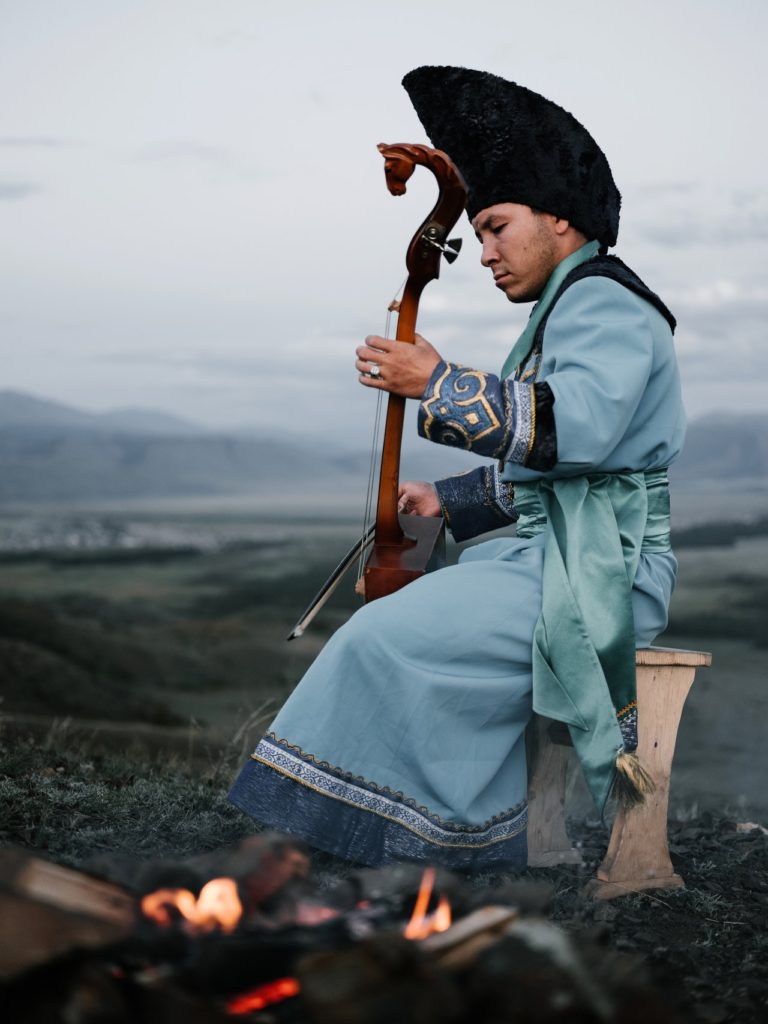Blog
Morin Khuur – The Mongolian Horse Fiddle
The Morin Khuur or the horse fiddle is the national instrument of Mongolia. Although it’s not widely used in Modern Mongolian Music you will find them mainly used in country and traditional style of Mongolian music.
There are 2 versions of the Morin Khuur. One is for decoration and the other is for actual playing.
Decorative morin khuurs don’t go through the same inspection and construction procedure, as it’s meant to look pretty. However, in this article, we will mainly talk about the morin khuur that is made for playing music.
THE ORIGINS

Legend has it that the Morin khuur was invented between the 12-13th centuries in celebration of the relationship between horse and man, a symbol of their unity and spirit. However, according to some historians, The Horse Fiddle is an adaption of various similar instruments, Igil and Ikil, which are more prominent in western Mongolia and central Asia.
It is argued that Mongolians used to carve different ornaments for the headpiece but settled on the horse since the horse is considered a sacred animal in Mongolia.
THE INSTRUMENT STRUCTURE
The instrument itself is made from either Birch or Willow most of the time and is comprised of 3 main body parts. First, you have the head, carved in a similar fashion as a horse’s head, the neck, and the main body frame.
The strings are made from horsetail or horsehair and are bunched together tightly to form 2 groups. The tuners are attached to the head and are rotated for the correct tuning. There are no markings are frets to show which notes are where, so it requires a lot of skill and precision to play the morin khuur.
Lastly, you have the bow comprised of 200-250 horsetail strings bunched together. The weight is usually 100gm max and without the bow, you will not be able to play the instrument.
HOW IT’S BUILT
The craftsman has to first draw the dimensions onto a wooden board. The main body is shaped in the frame of a trapezoid, usually not wider than 30 cm, and the full length of the horse fiddle is not much taller than 1 meter.
Once the sizing is correctly determined, the boards get cut to their respective pieces. The neck and the head are chiseled and sandpapered together, completing half the design. The main trapezoid body frames are glued together and sandpapered, while the bow gets completed separately. After the craftsman does the finishing touches, the 2 main pieces are then glued together.
When the glue dries, inspections are made to smooth out any rough edges, and on goes the paint job. The colors usually range from dark brown to light brown, with a hint of different colors here and there.
After the paint job, the horsetail strings are bunched together and tuned accordingly. The bow goes through the same process, and the morin khuur is ready for playing!
WHERE YOU CAN BUY ONE
There aren’t many craftsmen making the horse fiddle outside Mongolia or Inner Mongolia. From what I can tell, if you want to get a quality build, you can order internationally from morin-huur.com. It is going to be expensive since it’s custom-made!
Morin Khuur Music
If you enjoy listening to traditional Mongolian music and throat singing with morin khuur, you can always search performances on youtube.
Further suggested read about Mongolian culture: The Mongolian Recurve Bow
